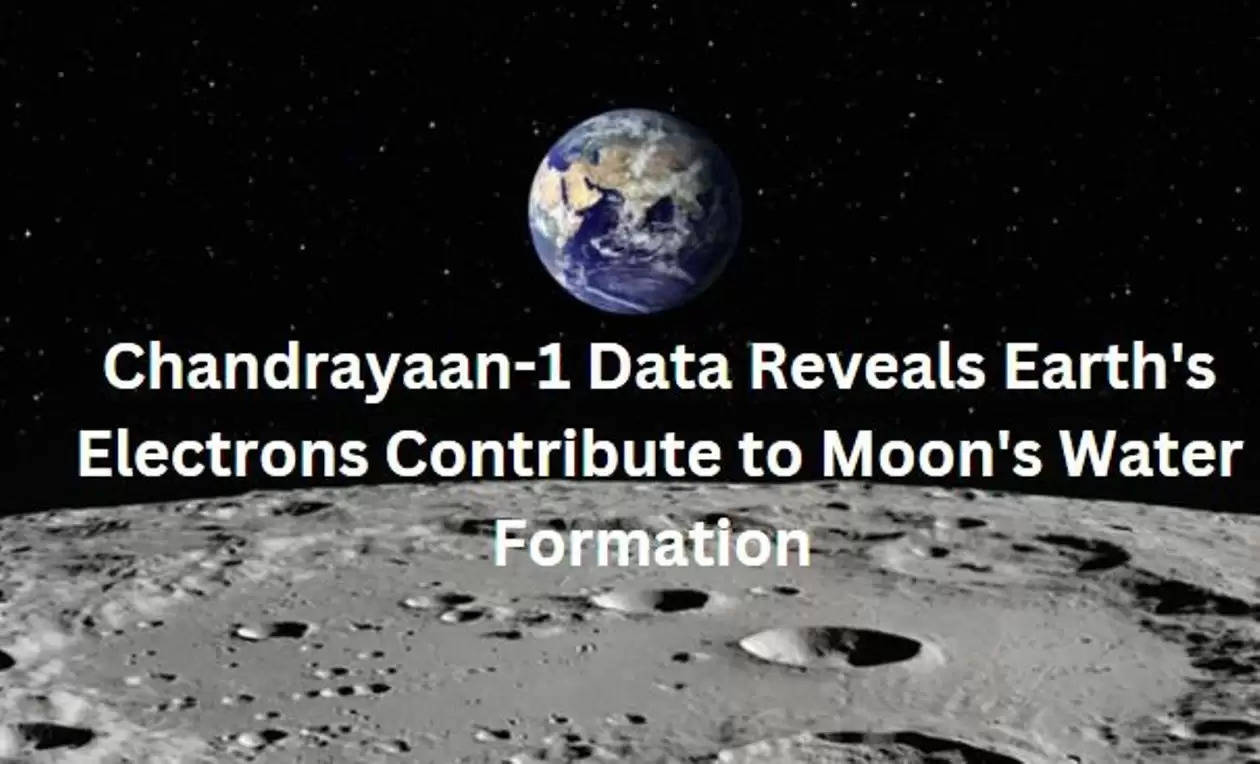Chandrayaan-1 Data: Earth's Electrons Contribute to Moon's Water Formation
Researchers have harnessed data from the Chandrayaan-1 mission to unveil the source of water ice found in the Moon's permanently shadowed zones. Their findings, detailed in the journal Nature Astronomy, propose that energetic electrons within Earth's plasma sheet are actively involved in lunar surface weathering and could have played a role in generating water on the Moon. This plasma sheet, housing charged particles ensnared by Earth's magnetic field, is a key player in this intriguing lunar phenomenon.
The Earth's magnetosphere plays a pivotal role in shielding our planet from space weather and the Sun's radiation. As it engages with the solar wind's influence and pressure, the magnetosphere undergoes reshaping, extending into a tail on the nighttime side, reminiscent of the tails observed in comets. Nestled within this tail section of the magnetosphere is the plasma sheet, housing high-energy electrons and ions originating from both Earth and the solar wind.
Building upon prior research indicating that oxygen in Earth's "magnetotail" is causing iron oxidation in the lunar polar area, the scientists embarked on a study to explore alterations in surface weathering as the Moon traversed through Earth's magnetotail.
Using remote sensing data acquired by the Moon Mineralogy Mapper during the Chandrayaan-1 mission from 2008 to 2009, the researchers focused their analysis primarily on tracking variations in water formation as the Moon journeyed through Earth's magnetotail.
Fascinatingly, the process of water formation within the magnetotail appeared consistent whether or not the Moon was present within it. This observation suggests the existence of water formation mechanisms or sources that are not exclusively linked to solar wind protons.
To join us on Facebook Click Here and Subscribe to UdaipurTimes Broadcast channels on GoogleNews | Telegram | Signal



